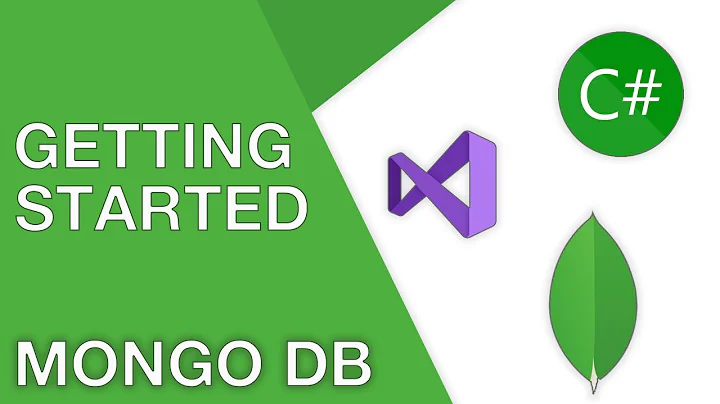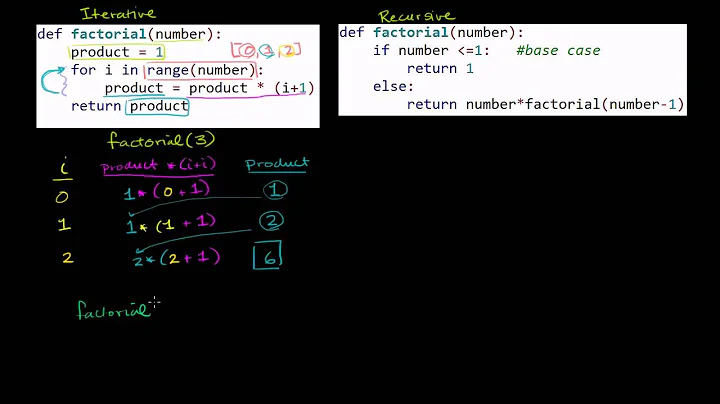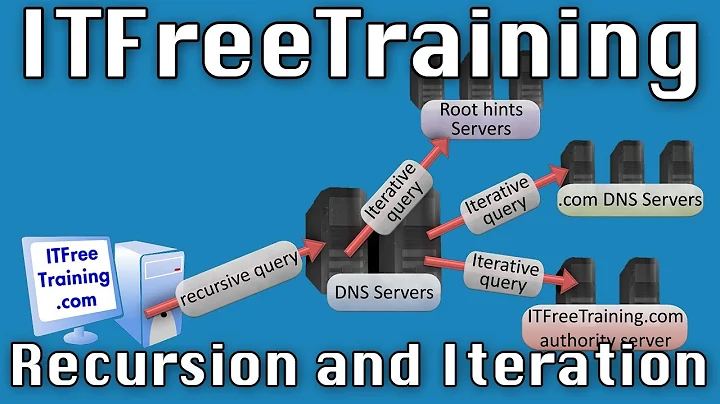How is an IAsyncCursor used for iteration with the mongodb c# driver?
Solution 1
You have 3 options:
- Use the built-in driver method (e.g.
ForEachAsync,ToListAsync). - On C# 8.0 and above you can convert the
IAsyncCursorinto anIAsyncEnumerableand useawait foreachor any async LINQ operator. - Iterate over the
IAsyncCursor.
Built-in Driver Methods
The driver has some LINQ-like extension methods for IAsyncCursor, like AnyAsync, ToListAsync, etc. For iteration it has ForEachAsync:
var cursor = await client.ListDatabasesAsync();
await cursor.ForEachAsync(db => Console.WriteLine(db["name"]));
Converting to IAsyncEnumerable
On C# 8.0 and above it's much nicer to iterate with await foreach (and use async LINQ). This requires wrapping the IAsyncCursor in an IAsyncEnumerable.
You can do it yourself but since its important to get some critical things right (like cancellation and disposal) I've published a nuget package: MongoAsyncEnumerableAdapter
var cursor = await client.ListDatabasesAsync();
await foreach (var db in cursor.ToAsyncEnumerable())
{
Console.WriteLine(db["name"]);
}
Custom iteration
Traditional iteration in C# is done with IEnumerable and foreach. foreach is the compiler's syntactic sugar. It's actually a call to GetEnumerator, a using scope and a while loop:
using (var enumerator = enumerable.GetEnumerator())
{
while (enumerator.MoveNext())
{
var current = enumerator.Current;
// use current.
}
}
IAsyncCursor is equivalent to IEnumerator (the result of IEnumerable.GetEnumerator) while IAsyncCursorSource is to IEnumerable. The difference is that these support async (and get a batch each iteration and not just a single item). So you can implement the whole using, while loop thing yourself:
IAsyncCursorSource<int> cursorSource = null;
using (var asyncCursor = await cursorSource.ToCursorAsync())
{
while (await asyncCursor.MoveNextAsync())
{
foreach (var current in asyncCursor.Current)
{
// use current
}
}
}
Solution 2
I personally like to convert the cursor into a C# 8 IAsyncEnumerable, that way you get all the benefits of working with enumerables (LINQ mainly).
Using @i3arnon's "long answer" I created this extension method:
public static async IAsyncEnumerable<T> ToAsyncEnumerable<T>(this IAsyncCursor<T> asyncCursor)
{
while (await asyncCursor.MoveNextAsync())
{
foreach (var current in asyncCursor.Current)
{
yield return current;
}
}
}
Solution 3
Thanks to the support of extension methods for GetAsyncEnumerator in C# 9 and the duck-typed implementation of foreach it is now possible to iterate the cursor directly using the following extension method:
public static class MongoDbCursorExtensions
{
public static IAsyncCursor<T> GetAsyncEnumerator<T>(this IAsyncCursor<T> cursor) => cursor;
}
Usage:
var cursor = await collection.Find(filter).ToCursorAsync();
await foreach (var batch in cursor) // extension method implicitly called here
{
foreach (var item in batch)
{
// ...
}
}
Related videos on Youtube
Shamster
Updated on December 31, 2021Comments
-
Shamster over 2 years
I'm trying to get a list of all the databases in my server and ultimately print them out (i.e. use their names as
strings). With the previous version of the c# driver I could call theServer.GetDatabases(), but that has been replaced withListDatabasesAsync().The return value is an
IAsyncCursor<>and I'm not sure what to do with it. How does one iterate through the list of databases (or anything) with such a cursor? -
 hansmaad almost 9 yearsIs it save to modiy the document in
hansmaad almost 9 yearsIs it save to modiy the document inForEachAsyncand save it back to db usingReplaceOneAsync? Modifications in this case are to complex to useUpdateManyAsync -
i3arnon almost 9 years@hansmaad yes. It is safe. Just less efficient.
-
i3arnon over 2 yearsThis implementation misses some key points like cancellation and disposable (which may lead to leaks and deadlocks). I made a nuget package with a simple adapter you can use: github.com/i3arnon/MongoAsyncEnumerableAdapter














